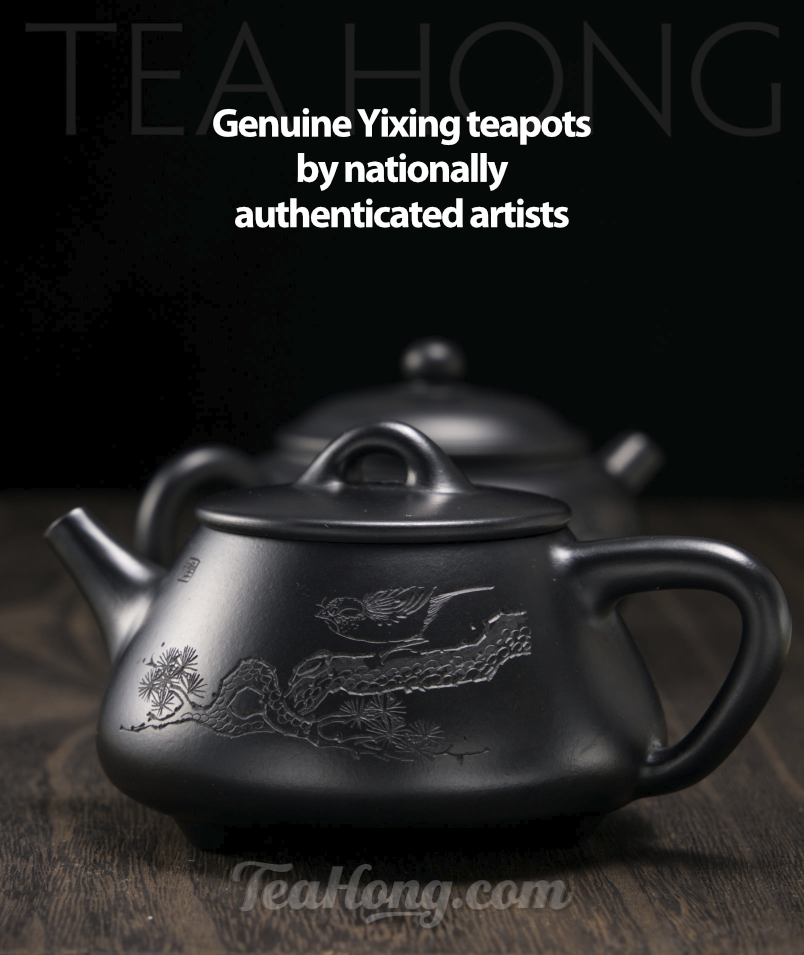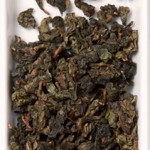Which Tea has the Most Catechins?
Basic Concepts
You may now have read about the benefits of tea catechins and want to know which tea has the most of them so you can use it as a daily supplement. Let’s make a few things clear first:
- Tea catechins, sometimes called green tea catechins, are a group of flavonoids exist naturally in the fresh leaves of the tea plant, Camellia sinensis. Catechins exist in other food plants too, such as apples, berries and cocoa, but in much lower concentration than the tea leaf.
- There are other flavonoids in various proportions in different selections and varieties of processed tealeaves. Some of them are uniquely in tea — such as theaflavins and thearubigins — they are called tea polyphenols.
- There are other important health substances in tea other than flavonoids, such as theanine, caffeine, GABA, statin, etc. They may exist in different tea selections in various proportions.
- Catechins are not stable. They deteriorate when come in extended contact with oxygen, light, moisture and other reactive substances in the environment.
- Various scientific reports gave various descriptions to the taste of different naturally catechins. On the whole, they are somewhat bitter, some more than others, some can be tannic. They are important part of the taste quality of a tea selection. Too little of this unique bitterness lacks depth, too much, not pleasant. The taste of a tea is dependent on how ALL taste and aromatic substances BALANCE with one and other, that includes the catechins.
- The quality of a tea selection is not dependent on the proportion of catechins it carry, although in the case of green and white teas, better ones are most inevitably loaded with catechins. The reverse, however, is not true — those with a lot of catechins may not necessarily be a better tea. For example, green teas harvested in summer generally has a high content of catechins, but usually most such teas taste inferior to those harvested in Spring.
- Last but not least, intake of real tea infusion is very different from taking extract pills. Scientists have tried to imitate real tea by making drinks from various tea extracts and found that they are not as effective in lab situations. There are ingredients in tea that they will have to learn a lot more about to understand the details of how tea works in our body (1).
So which tea has the most catechins? On the whole, green and white teas.
How to choose teas for better health benefits: a Balance
However, not all green and white teas are created equal. Younger leaves hold the most catechins <click here read more about this>, as well as the most amino acids. That is why the most tender of first flushes is often sold as the most premium of a variety, because the plant has stored a whole winter’s worth of nutrients to fuel the first round of growth. In the natural world, successfully growing healthier, larger, most spread out leaves immediately after winter means survival for the plant. The first tiny buds therefore have most stored in them for the job.
Therefore, choose younger leaves that are first flushes.
We’ll list some samples of green and white tea with relatively higher catechins content. Before that, we’d like to remind the shopper to watch out for the quality of their prospective purchase: the decency and intact of the leaves, which reflects the quality of storage; and the protectiveness of the packaging. As mentioned earlier in this article, catechins, as most other quality substances in tea, can easily deteriorate caused by factors in their immediate environment. You don’t want to waste time and money on things not as good as they originally should be.
The reader has to be reminded that catechins are generally bitter in taste, adequate portion of them adds depth to the taste, too much of them will be a little off. In another word, the most delicious green teas are less likely listed high in the list.
Tea list in descending order of catechins level
Some examples of finer green and white tea with higher content of catechins (2) (in descending content amount) (3):
- Kaihua Longding (green)
- Zhenghe Baimudan (white)
- Fuding Premium Silver Needles (white)
- Zhenghe Silver Needles (white)
- Huangshan Maofeng (green)
- Dinggu Dafang (green)
- Fuding Baimudan (white)
- Bashan Queshe (green)
- Mingshan Shihua (green)
- Tianshan Yinya (green)
- Wuyuan Mingmei (green)
- Biluochun (green)
- Sencha (green)
- Uji/Yeme Gyokuro (green)
- Xihu Longjing (green)
- Linhai Panhao (green)
- Mengding Ganlu (green)
- Anji Baicha (4) (green)
On a budget? Go for generic whole leaf green/white tea from any region, as long as the taste is right (not grassy, thin or tannic, better yet, flowery, nutty, or fuller bodied), a spring harvest and quite fresh, they are as good as most in the list if catechin amount is your primary concern.
One last point:
Don’t ever be fooled by labels on tea drinks, instant mixes, and teabags. They may have similar or even the same names as original whole leaf teas, but the absolute majority of these products are incapable of carrying the salutary contents. <Read more>












I have a question: how can a person know how many grams of catechins are in any given tea? I read a published article stating that for weight loss and metabolism booster, a person should consume 583 mg of catechins daily. How on earth is the average person supposed to know the amount of catechins in a teabag? Appreciate any help on this. Thank you.
Hello Cathy S,
Teabags are very low in any salutary contents, that is a known fact. Please see other articles in this site regarding teabags for details.
According to USDA, 100 ml of tea infusion from a tea with the highest catechins level can contain over 500 mg of the substance, in addition to other tea polyphenols. If your cup holds 250 ml of tea, that means 1250 mg of catechins.
However, that is an extreme case. Just stick to finer, whole leaf tea and you will be fine. That is providing that you infuse the tea well and drink 4 to 6 cups a day. That is because what is in the cup does not mean what your body is able to make use of for health benefit.
Once you develop a good habit of tea, benefits will gradually come and you will notice it.
I hope this answers your question.
Do you have any comments on organic vs. non organic teas? I’m concerned about gut bacteria and overall health. Some teas have been known to have high rates of pesticides in them. I am looking for a good, high catechin content tea with low or no pesticide content. Thank you!
It is how a tea selection matches with your particular body condition that helps you with the ecology of your intestines. As long as a tea passes normal food safety standards, whether it is organic or not has nothing to do with its health contributive nature. It is quality that counts. This is one article on organic tea: https://teaguardian.mystagingwebsite.com/tea-health/organic-tea-or-not/
Hope this helps
No pesticide content tea i suggest Taiwan Oriental Beauty.When the tea bushes Grow,some insects will eat the tree.then The tea bushes will secrete a special kind of material make the tea test sweet.In order to not kill the insects .so almost no pesticides.
You suggest steeping Silver Needle at atleast 194 degrees F. I always read different suggestions. Some say 185 is ideal. Some say anything over 190 will extract too much from the first steep and not leave enough for the re-steeps. Some even say 195 F will burn it. And then of course some suggest 195 F for 1:30 while others recommend 195 for 3-4 minutes. Can you please explain this to me because from one vendor to the the next, it’s all over the place in terms of steeping directions?
See reply to same question on the Silver Needle article.